
Browse an alphabetical list of articles about the Holocaust and World War II. Learn more about topics such as the Nazi rise to power, how and why the Holocaust happened, life in Nazi camps and ghettos, and the postwar trials.
<< Previous | Displaying results 651-694 of 1105 for "Article" | Next >>
Léon Degrelle was an extreme right-wing Belgian politician and Nazi collaborator. After the war, he continued to spread pro-Nazi propaganda for decades. Learn more.
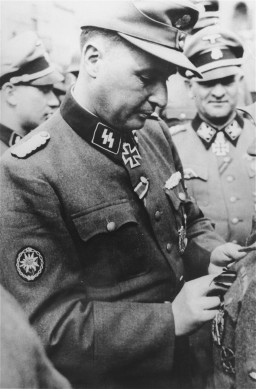
A leading researcher of sex, sexuality, and gender, German Jewish doctor Magnus Hirschfeld was forced to live in exile after the Nazi rise to power.
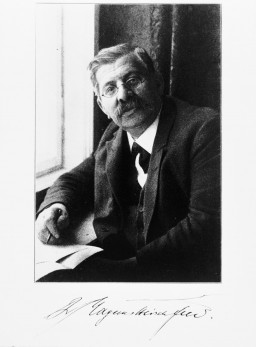
The Nazis used propaganda to to facilitate persecution, war, and ultimately genocide. Read more about the cult of the leader around Adolf Hitler.
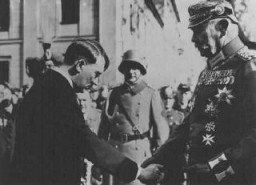
On December 17, 1944, one day after the beginning of the Battle of the Bulge, a Waffen SS unit captured and murdered 84 US soldiers. This atrocity is known as the “Malmedy Massacre.”
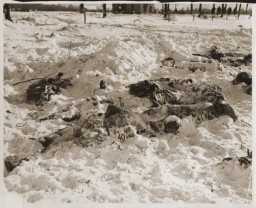
In 1939, the Nazis established the Mannschafts-Stammlager (Stalag) IX B camp in Germany. Learn more about the camp’s history, prisoners, and liberation.
Explore Manya Friedmann’s biography and listen to her describe her experiences following the liberation of Auschwitz.
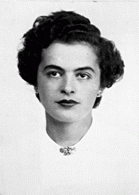
Marc Chagall was an artist who depicted rich imagery of Russian and Jewish life. His art was targeted in the Nazi book burnings and “Degenerate Art” exhibition.
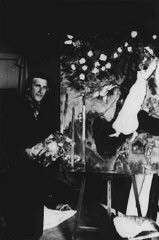
After WWII, many Holocaust survivors, unable to return to their homes, lived in displaced persons camps in Germany, Austria, and Italy. Read about Mariendorf DP camp.
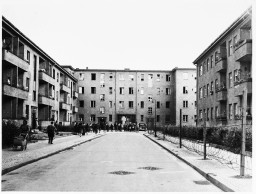
Read the Jewish Partisan Educational Foundation's short biography of Marisa Diena.
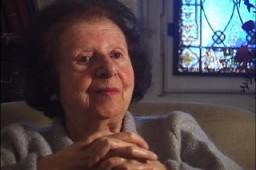
Martha and Waitstill Sharp, American Unitarian aide workers, helped thousands of Jews, intellectuals, and children in Prague, Lisbon, and southern France in 1939–1940.
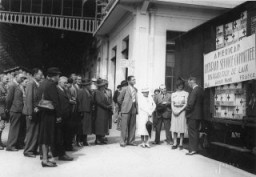
Martin Bormann, close assistant to Adolf Hitler, furthered an array of Nazi policies. He was tried in absentia during the International Military Tribunal at Nuremberg.
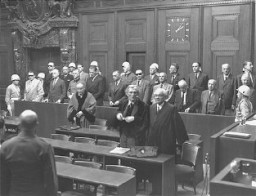
Protestant pastor Martin Niemöller emerged as an opponent of Adolf Hitler and was imprisoned in camps for 7 years. Learn about the complexities surrounding his beliefs.
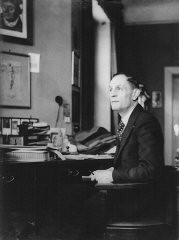
Learn about the origins and legacy of Pastor Martin Niemöller's famous postwar words, “First they came for the socialists, and I did not speak out…”
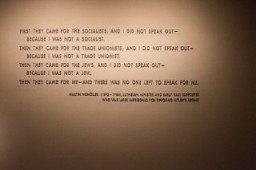
Read the Jewish Partisan Educational Foundation's short biography of Martin Petrasek.
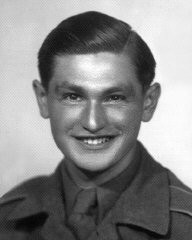
Martin Weiss and his family were deported to Auschwitz in 1944. Explore Marty’s biography and his description of arrival in Auschwitz.
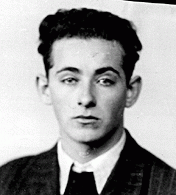
At Babyn Yar in late September 1941, SS and German police units and their auxiliaries perpetrated one of the largest massacres of World War II.
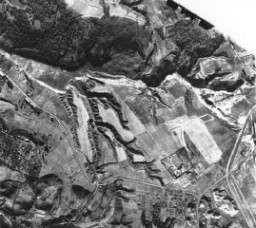
Almost one third of the six million Holocaust victims were murdered in mass shootings.
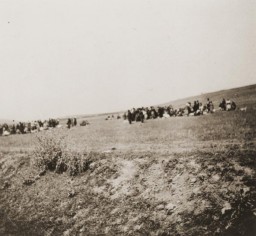
The Mauthausen concentration camp was established following the Nazi incorporation of Austria in 1938. Learn about the harsh conditions in the camp.
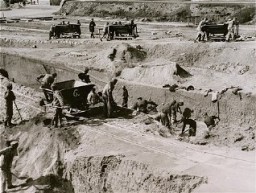
Max Brod was a Jewish author most widely known as the biographer and editor of Franz Kafka. His works were burned in the Nazi book burnings of 1933. Learn more.
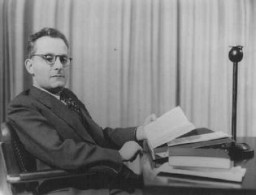
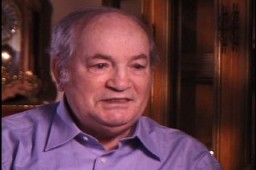
The Mechelen camp, halfway between Antwerp and Brussels, was a transit camp for the deportation of Jews from Belgium during the Holocaust.
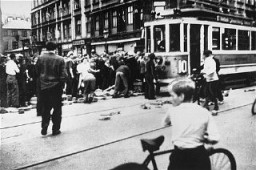
Adolf Hitler's Mein Kampf (My Struggle) is the best known and most popular Nazi text ever published with over 12 million copies sold from 1925 to 1945.
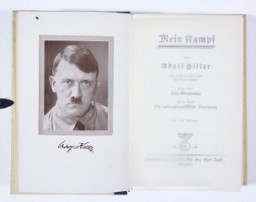
Read the Jewish Partisan Educational Foundation's short biography of Meir Porges.
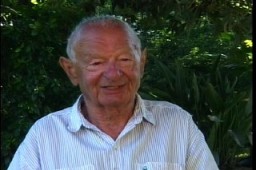
Learn about the establishment of and conditions in Melk, a subcamp of the Mauthausen camp system in Austria.
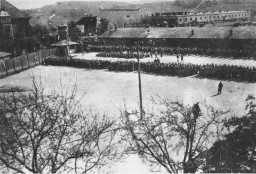
After WWII, many Holocaust survivors, unable to return to their homes, lived in displaced persons camps in Germany, Austria, and Italy. Read about Milan and Adriatica DP camps.
Read the Jewish Partisan Educational Foundation's short biography of Miles Lerman.
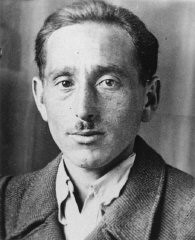
In Nazi Germany, the Ministry of Propaganda and Public Enlightenment spread ideology. It controlled the media and theater. Joseph Goebbels was its director. Learn more.
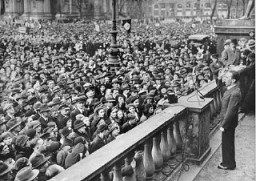
In 1941, the Nazis occupied Minsk and established a ghetto there. Learn more about life in Minsk during World War II.
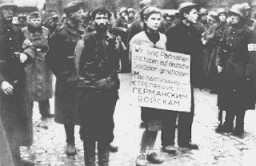
The Mir ghetto was established in Mir, Poland in 1941. Learn more about life and resistance in the ghetto.
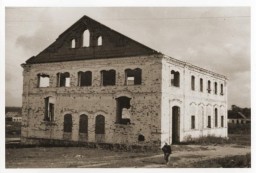
Learn about the escape of rabbis and students of the Mir Yeshiva, the only eastern European yeshiva to survive the Holocaust intact.
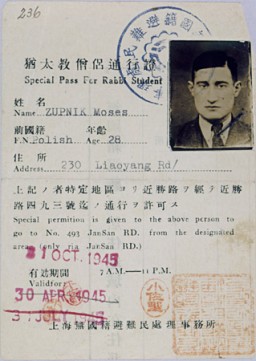
Read the Jewish Partisan Educational Foundation's short biography of Mira Shelub.
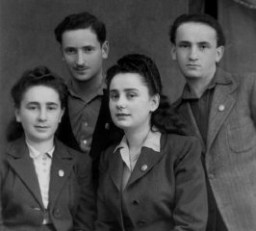
Children's diaries bear witness to some of the most heartbreaking experiences of the Holocaust. Learn about the diary and experiences of Miriam Goldberg.
Learn more about the modern misuse of images and symbols from the Holocaust and how this distortion can lead to antisemitism.
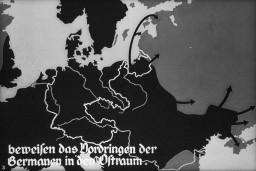
Learn about conditions and forced labor in Dora-Mittelbau, the center of an extensive network of forced-labor camps for the production of V-2 missiles and other weapons.
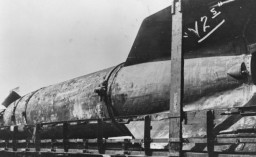
Explore firsthand testimony about the occupation of Mlynów, the establishment of the ghetto, resistance activities, and the destruction of the ghetto.
Learn more about Nazi mobile killing squads (Einsatzgruppen) killing activities in the Soviet Union during World War II.
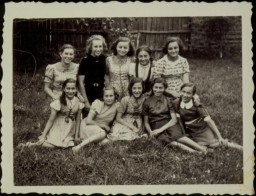
Dr. Mohamed Helmy and Frieda Szturmann helped save a Jewish family in the heart of Nazi Germany. Helmy was the first Arab recognized as Righteous Among the Nations.
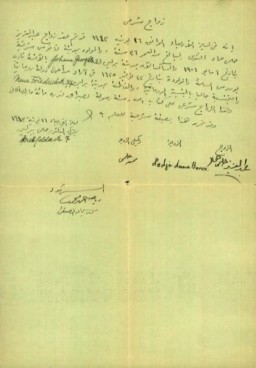
The Moringen camp was one of the so-called youth protection camps that the Nazi regime established for young people who were alleged to have strayed from Nazi norms and ideals.
Morris Hillquit was a prominent theoretician of the socialist movement in the United States. His work was burned in the Nazi book burnings of 1933. Learn more.
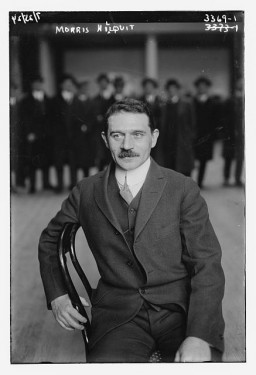
Moses Beckelman was an American social worker who joined the JDC in 1939. Learn more about his efforts to help refugees fleeing Nazism during the war.
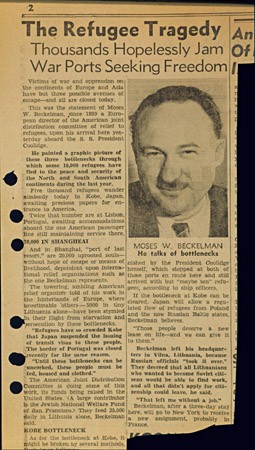
The SS established the Mühldorf camp complex in mid-1944 as a satellite system of Dachau to provide labor for the production of the Messerschmitt 262 jet fighter.

After WWII, many Holocaust survivors, unable to return to their homes, lived in displaced persons camps in Germany, Austria, and Italy. Read about München Neu Freimann DP camp.
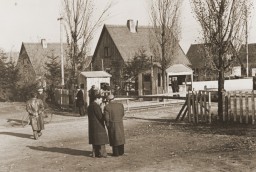
Learn about the establishment and history of the Dachau subcamp München-Schwabing, and the role of Eleonore Baur (also known as Schwester Pia or Sister Pia).
The Nazis opened the Natzweiler-Struthof concentration camp in 1941. Learn more about the camp, its prisoners, and forced labor and medical experiments.
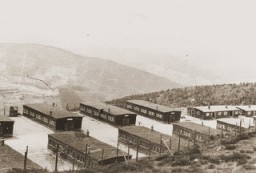
We would like to thank Crown Family Philanthropies, Abe and Ida Cooper Foundation, the Claims Conference, EVZ, and BMF for supporting the ongoing work to create content and resources for the Holocaust Encyclopedia. View the list of donor acknowledgement.